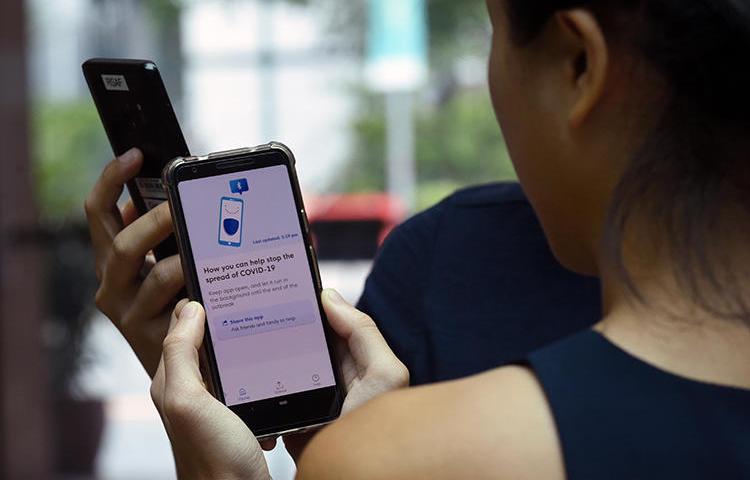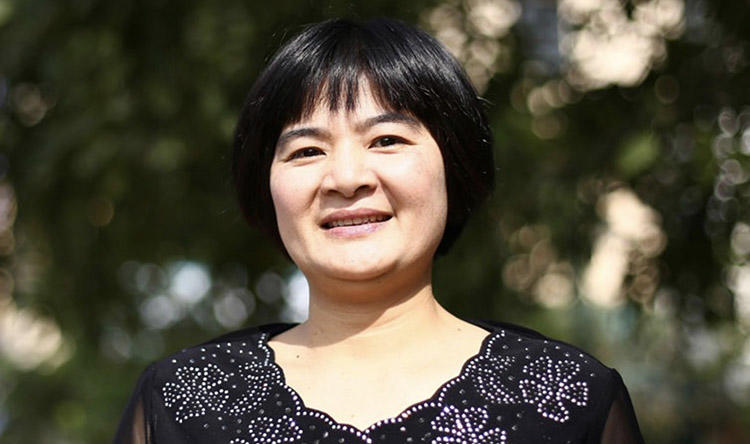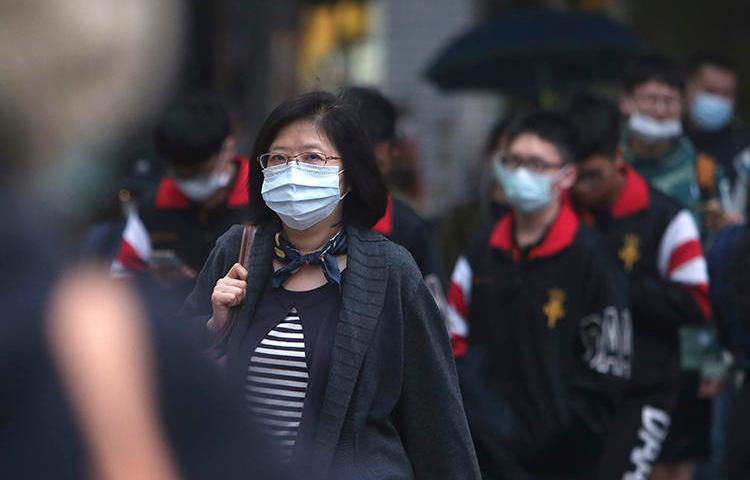
Reporter Brian Hioe on dealing with misinformation in Taiwan amid pandemic
Brian Hioe is an editor for the New Bloom Magazine, a news website that covers social issues, politics, and culture in the Asia Pacific region. He also works as a freelance journalist in Taiwan, where the government has been praised for its responses to the COVID-19 pandemic.
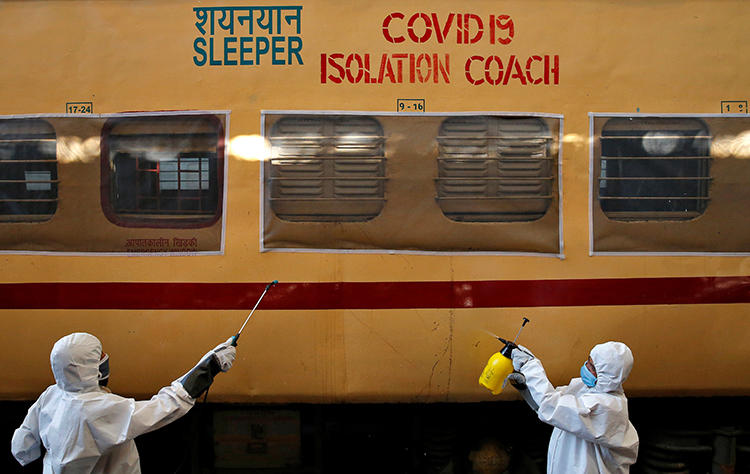
Indian journalist Vidya Krishnan on navigating harassment and government obstruction while covering COVID-19
Vidya Krishnan, a freelance reporter who has covered healthcare in India for 17 years, says she has never seen the kind of harassment and threats that health reporters have received while covering COVID-19.
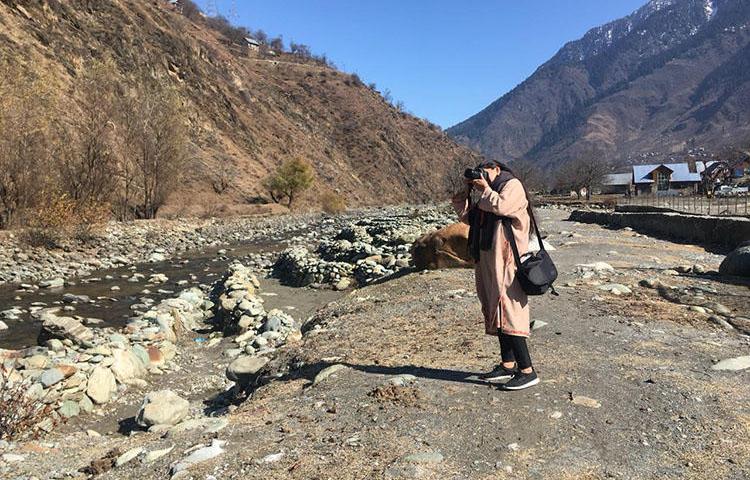
Kashmiri journalist Raihana Maqbool on reporting on COVID-19 amid ongoing restrictions
Journalists in Jammu and Kashmir have spent the past eight months navigating an intense crackdown by Indian authorities in the region, including unprecedented restrictions on communications and the longest internet shutdown in a democracy. Now, they have the added challenge on trying to report on the COVID-19 pandemic. India has instituted a strict 21-day national…

China uses visa process to intimidate foreign press, FCCC survey finds
Conditions for foreign correspondents in China deteriorated in 2019, the Foreign Correspondents’ Club of China (FCCC) annual survey found. The report, published today, noted that for a second year none of the respondents gave a positive response when asked if conditions had improved.

After WhatsApp spyware allegations, Indian journalists demand government transparency
In the summer of 2019, Saroj Giri was preparing a lecture on the panopticon—an 18th century system to surveil an entire prison from a single viewpoint—when a message lit up his phone. It was from WhatsApp, warning Giri that someone had tried to hack the popular messaging app to spy on his cell phone remotely.
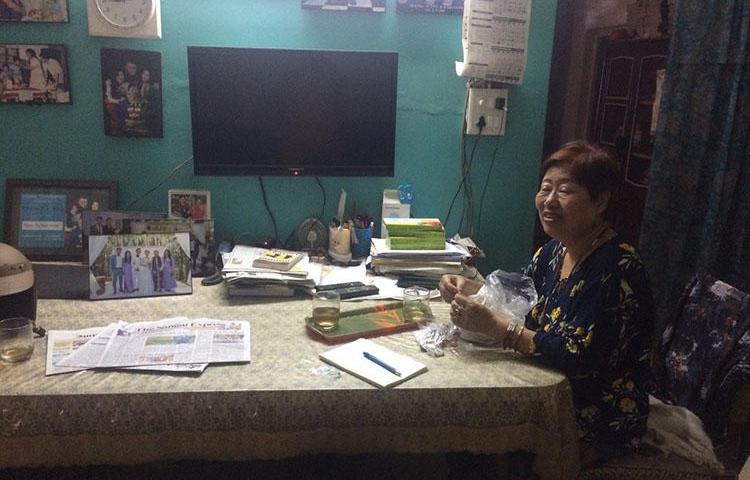
Journalist Valley Rose Hungyo on running the only daily newspaper for Nagas in Manipur
Editor Valley Rose Hungyo founded the bilingual Tangkhul and English Aja Daily, the only daily newspaper among the Naga people in India’s northeastern Manipur state, in the early 1990s with her late husband. They saw a need for a Naga-language paper, amid a media scene in the state dominated by English and Manipuri outlets.

